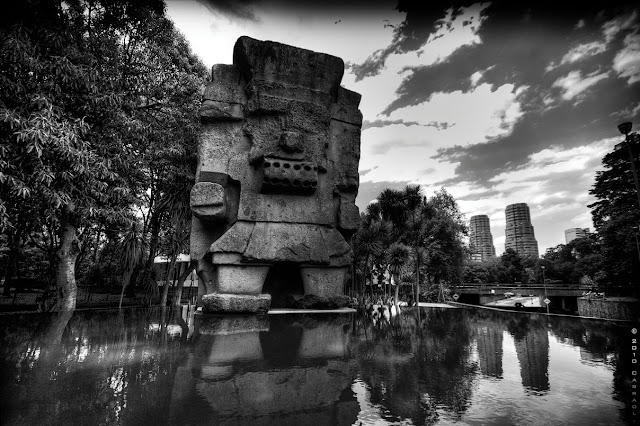 |
| Ver. 0 |
King Crimson – Cadence and Cascade (Lyrics)
Cadence and cascade
Kept a man named jade;
Cool in the shade
While his audience played.
Purred, whispered, spend us too:
We only serve for you.
Sliding mystified
On the wine of the tide
Stared pale-eyed
As his veil fell aside.
Sad paper courtesan
They found him just a man.
Caravan hotel
Where the sequin spell fell
Custom of the game.
Cadence oiled in love
Licked his velvet gloved hand
Cascade kissed his name.
Sad paper courtesan











